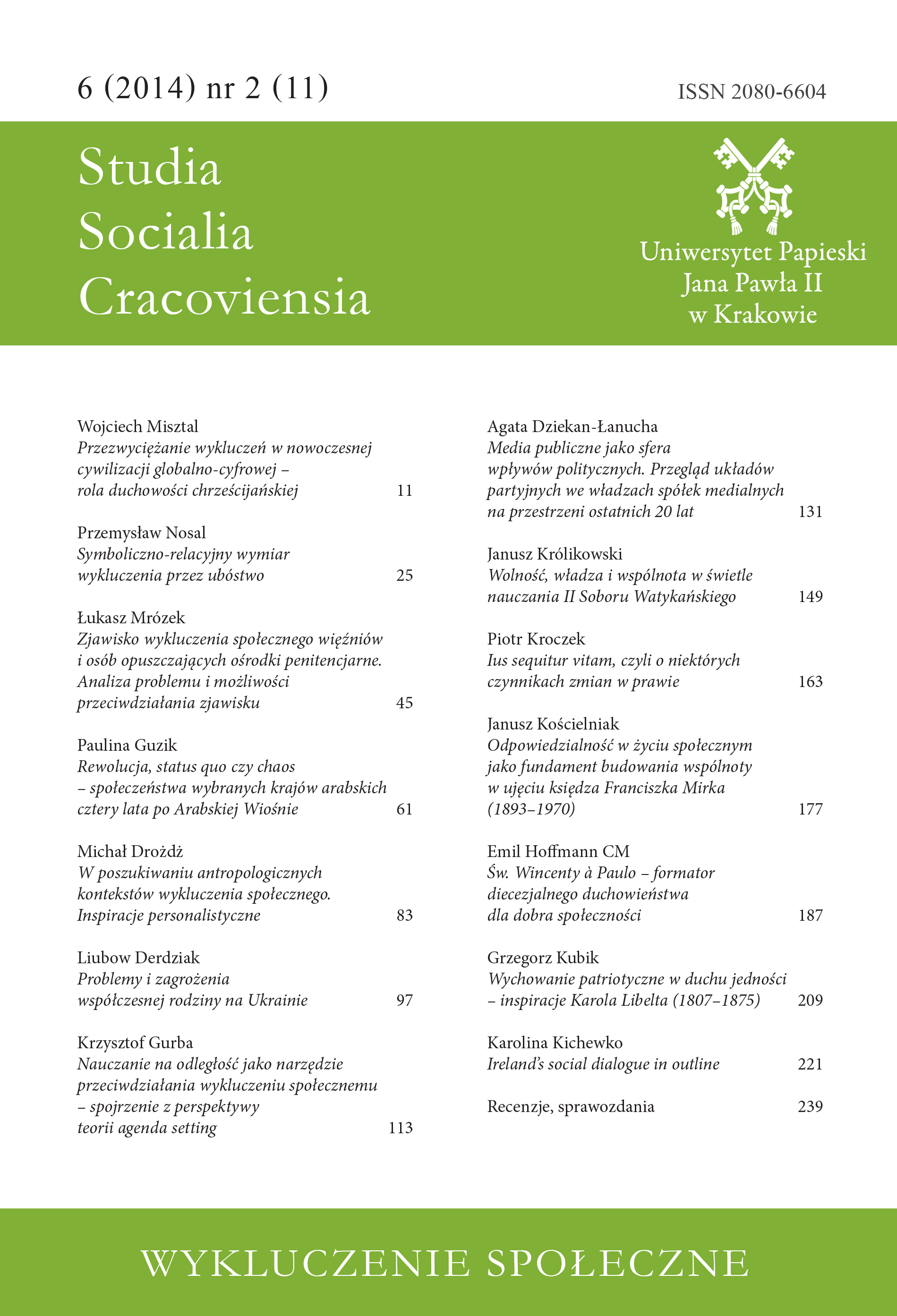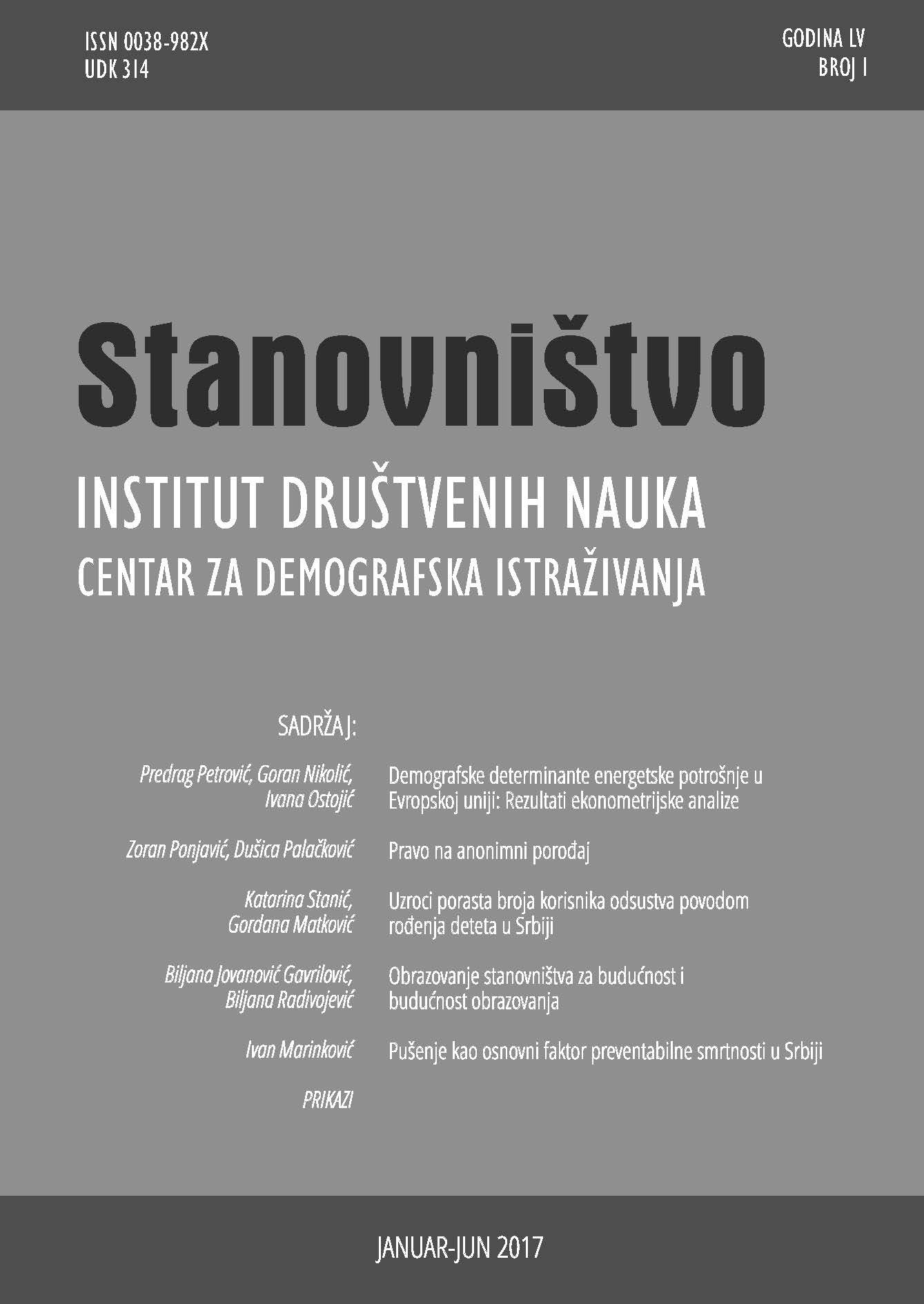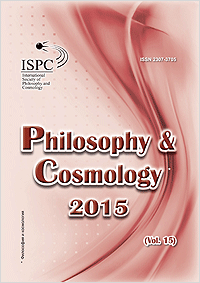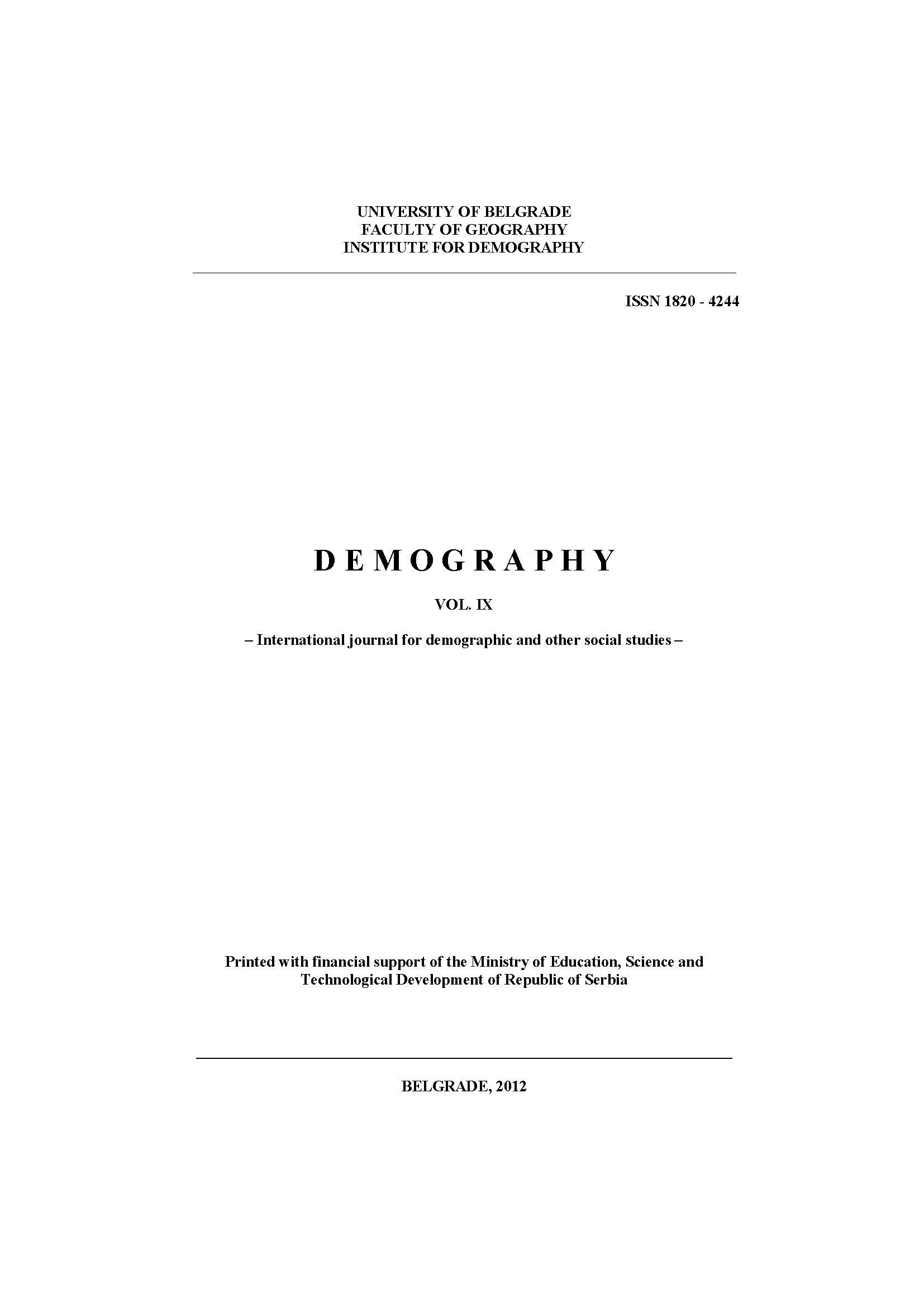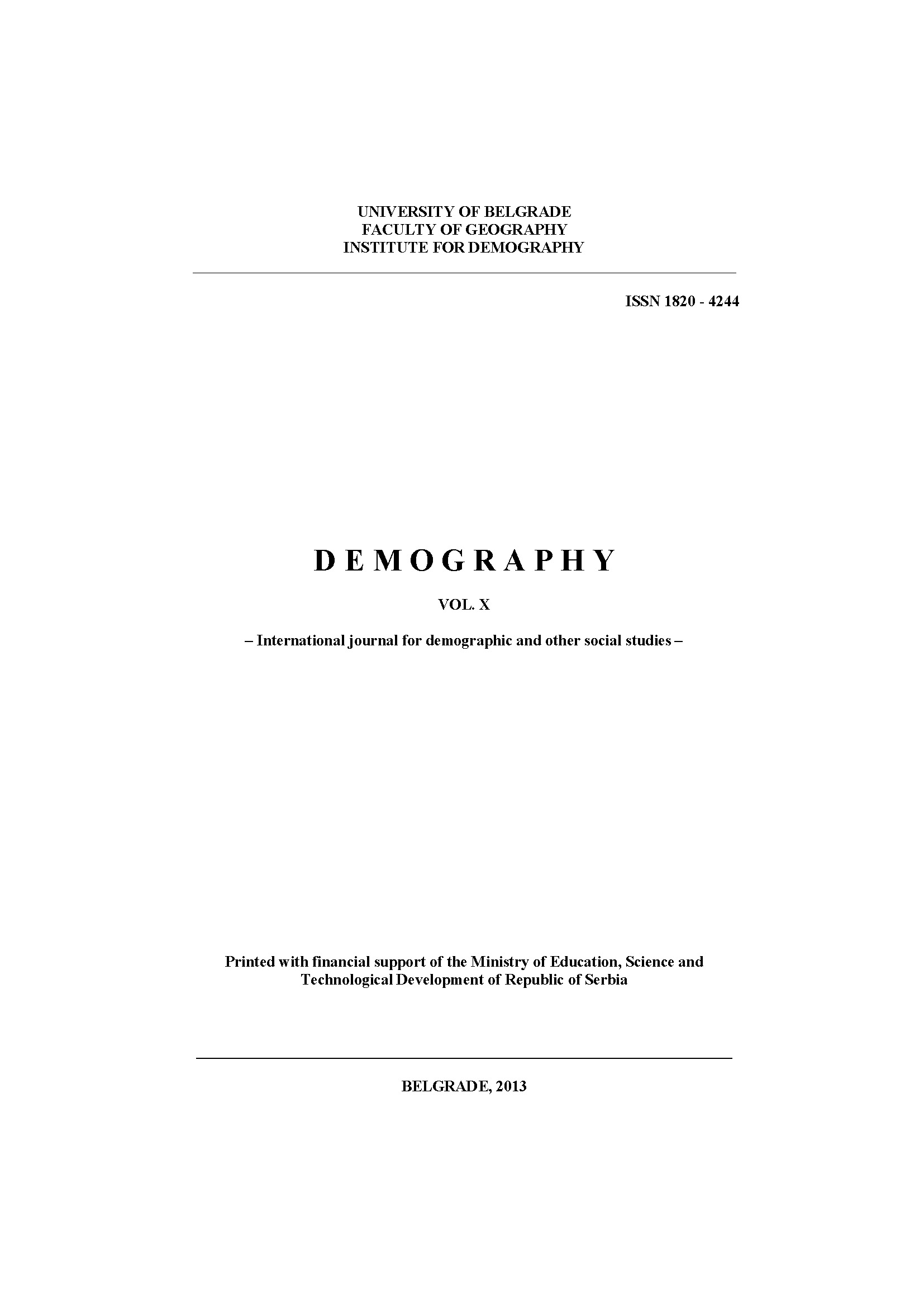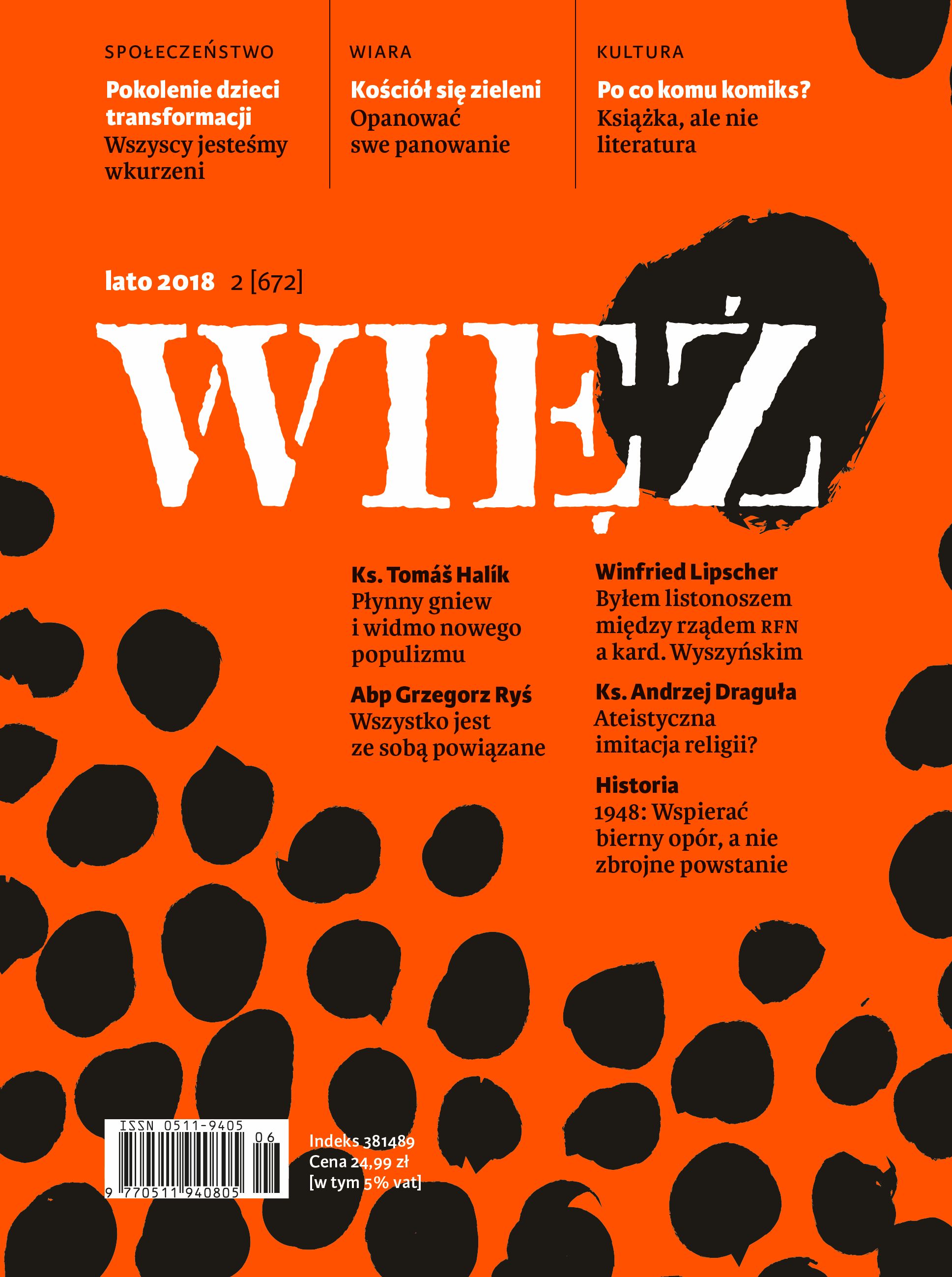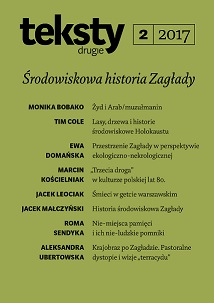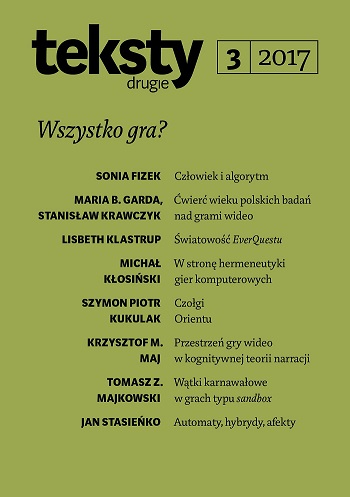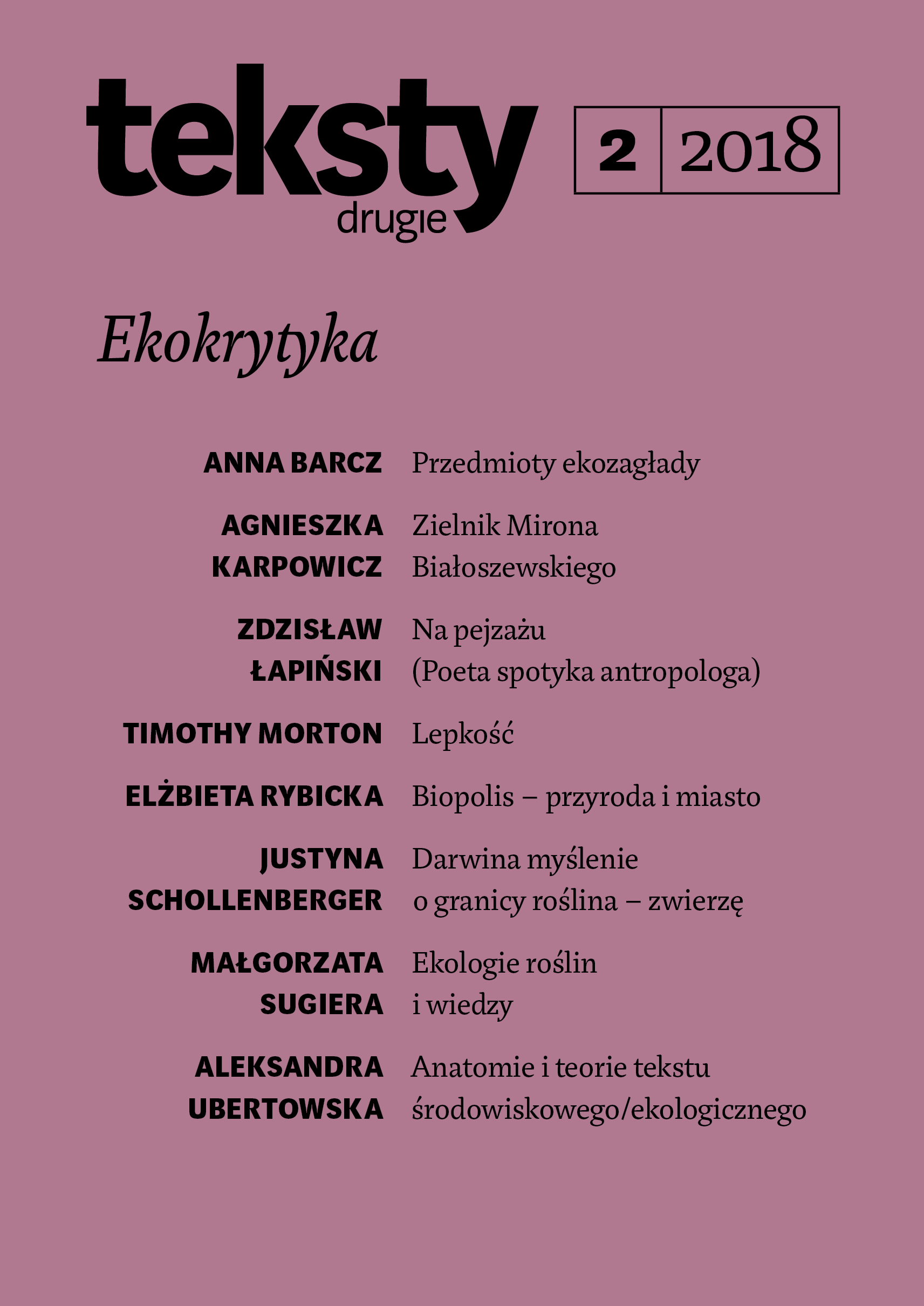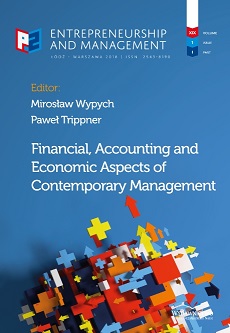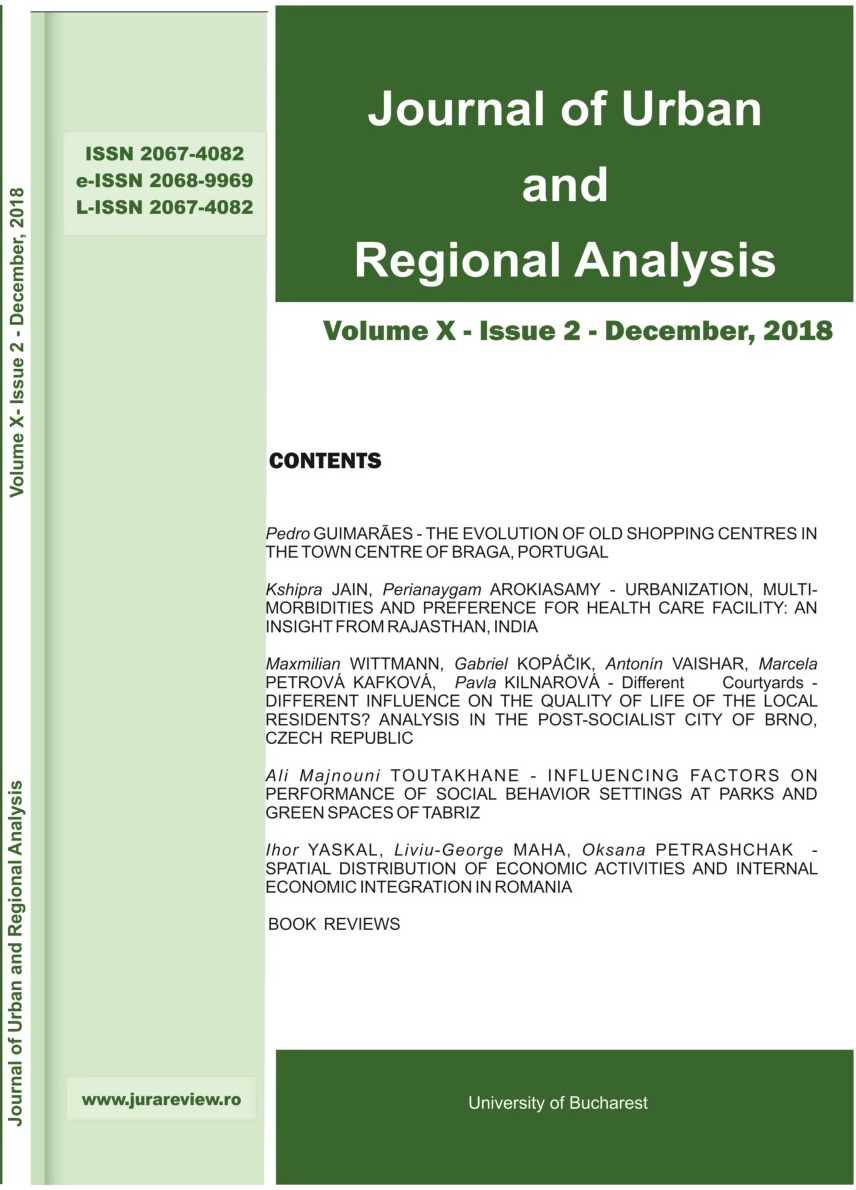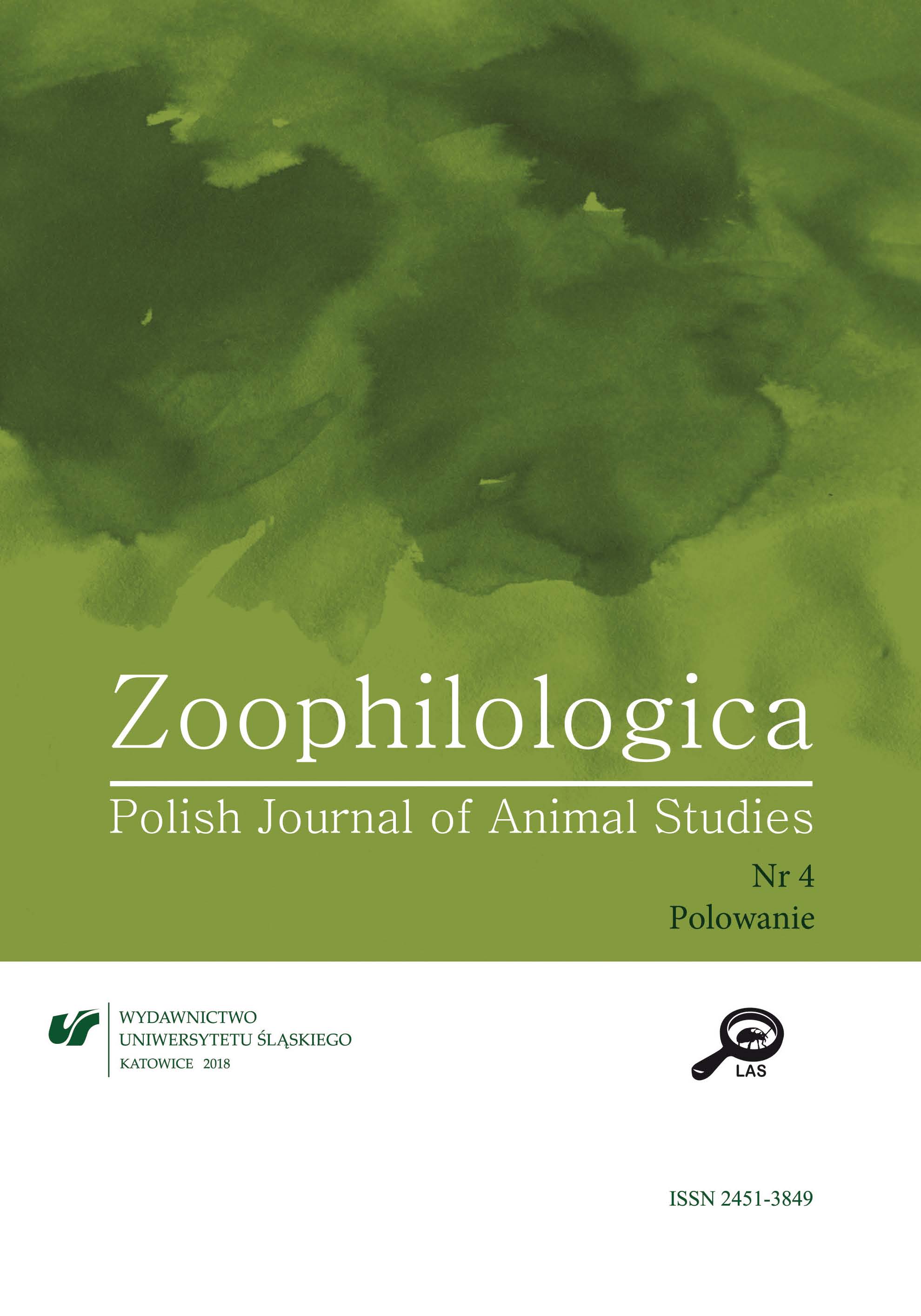Author(s): Predrag Petrović,Goran Nikolić,Ivana M. Ostojić / Language(s): Serbian
Issue: 1/2017
Over the past several decades there has been a strong intensifying trend of human society impact on ecosystems, consumption of natural resources and global change. The environmental impact of the society is fully apparent and dominantly implemented through various greenhouse gases emissions (GHG), leading towards global climate change with considerably spread harmful effects. Global climate change includes the earth and ocean surface and atmospheric warming, but also melting of snow and ice, increase of sea levels and ocean acidity, as well as ever more common natural phenomena extremes (winds, various forms of rainfall/precipitation, extremely low or high temperatures, etc.).
Scientists are well-familiarized with the fact that use of fossil fuels, such as oil derivatives and coal, is the main generator of harmful gases. In addition, possible substitutions for fossil fuels in the form of other energy sources are very limited, and it should be remembered that other energy sources also have certain adverse environmental effects. Bearing in mind climate change caused by products of fossil fuels combustion, as well as inevitable depletion of natural crude oil resources, management of growing global energy demand becomes one of the key goals and challenges of 21st century. If these reasons are coupled with obligations emanating from Kyoto Protocol, it is clear that attention of researches should be more than reasonably focused on the main determinants of energy consumption.
This study is focused on illumination of key demographic and economic determinants of energy consumption in 28 EU member states in the period 1960-2014. The results obtained demonstrate that population positively and quite strongly influence total energy consumption. An increase of population of 1% will result in an increase of energy consumption of 1.59% to 1.76%. Such relation most probably can be explained by the fact that demographic growth of the society aggravates and complicates planning processes of efficient energy consumption, diminishing the ability of society to be energy efficient.
The population effect of persons aged 65 and above to energy consumption is also positive. An increase in share of this age group of 1% will result in an increase in energy consumption of approximately 0.43%. Positive elasticity coefficient should be understood as a proof that European societies with higher share of senior citizens consume more energy that societies with higher share of younger population, not necessarily as an argument that senior citizens use more energy than younger population. The explanation for such nature of a cause-and-effect relation could be that high share of senior citizens influences the structure of production and consumption, spatial distribution of population, transport infrastructure and social services provided.
A significant influence on energy consumption in the EU is made by the level of economic development of countries, which is in accordance with the Environmental Kuznets Curve (EKC), suggesting a relation of inverted letter “U”. The amount of income per capita needed to have the EKC expressed ranges between 54,183 and 81,552 dollars.
More...
